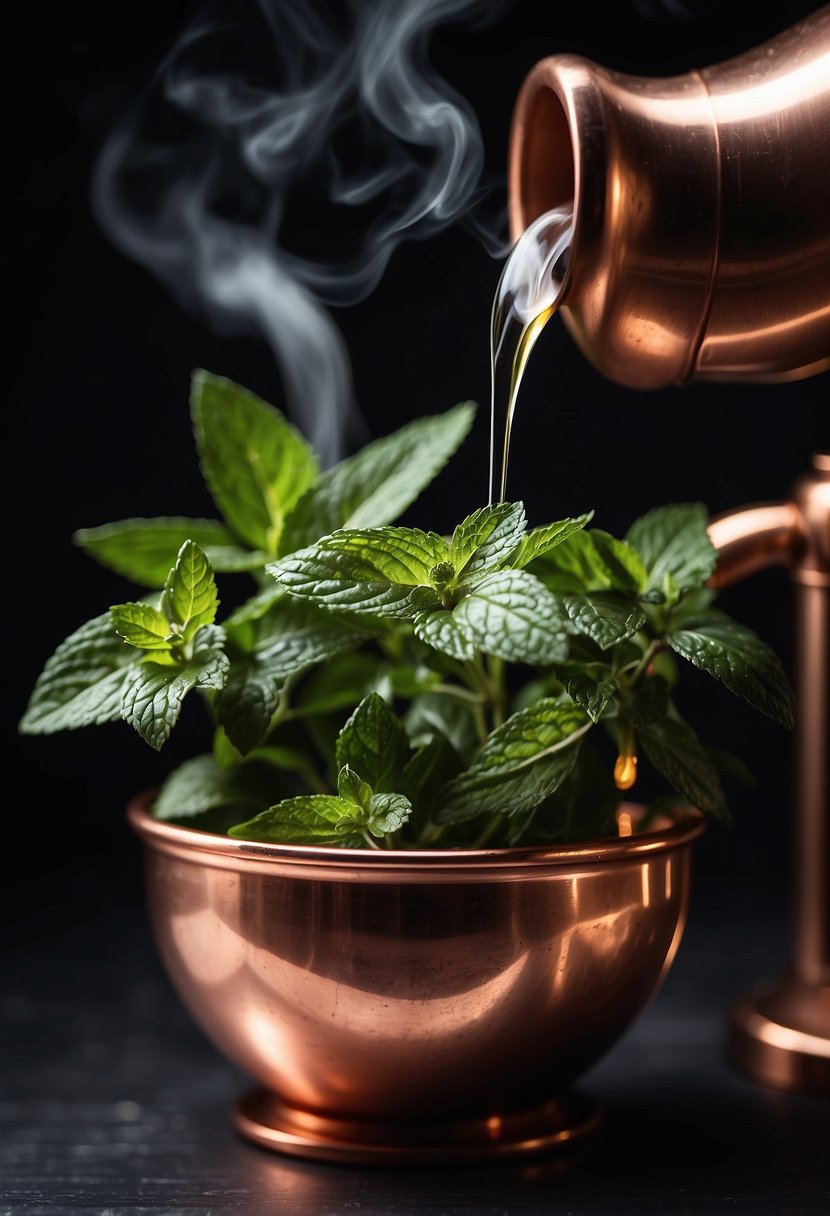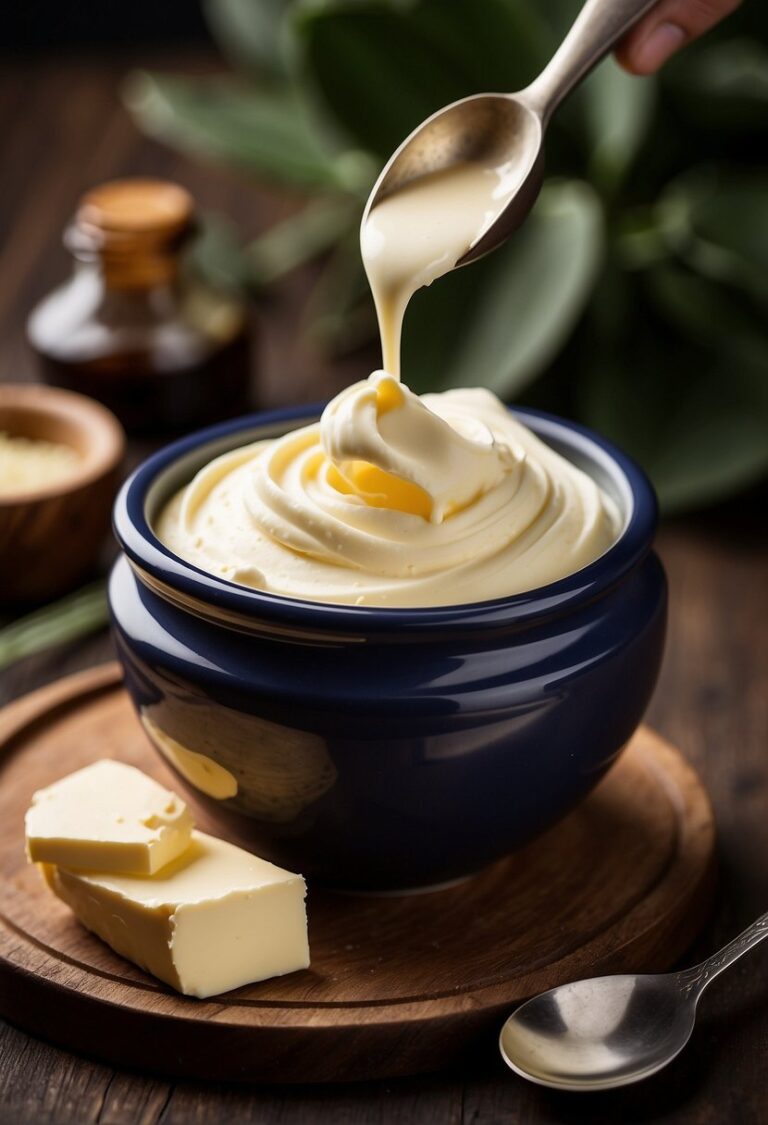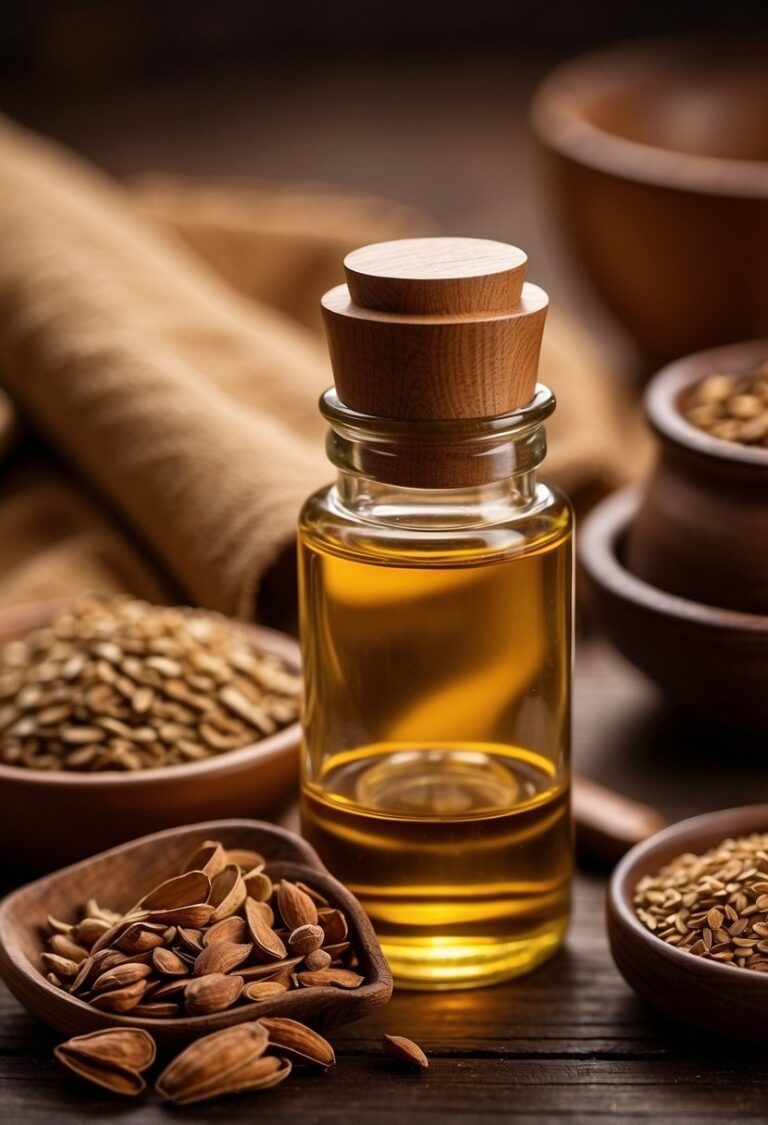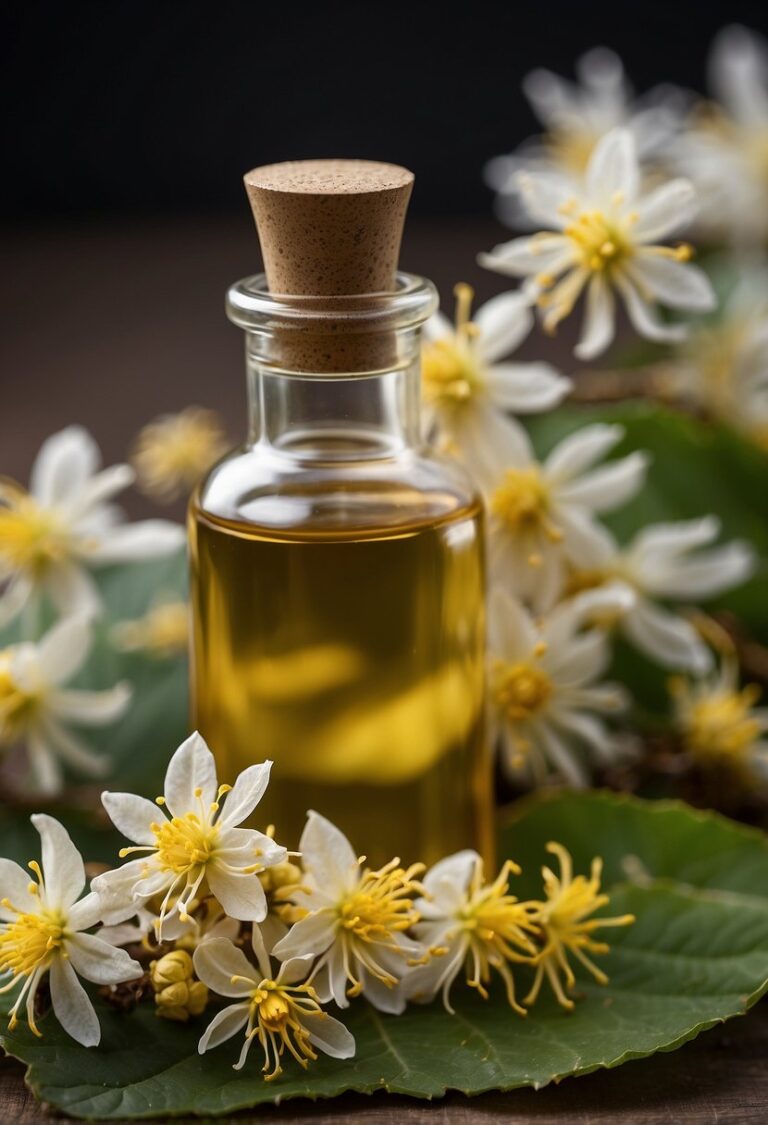How to Make Peppermint Oil: A Simple Guide
If you love the invigorating and refreshing scent of peppermint, then you’ll be pleased to know that you can easily create your own peppermint oil at home. Peppermint oil has a wide range of uses, from aromatherapy to cooking and everything in between. Making your own peppermint oil is a fun and easy project that can be done with just a few simple ingredients.

To make peppermint oil, you’ll need fresh peppermint leaves, a carrier oil, and a glass jar. Ideally, you should use peppermint leaves that come fresh from your garden or a similar source. If that’s not an option, you can pick up a bundle or two at the store. Use only the broad, green leaves and avoid taking the stems from a peppermint plant as this could cause it to die.
Once you have your peppermint leaves, you’ll need to crush them with your hands or chop them using a knife. Then, put them in a glass jar and pour your carrier oil over them. Close the lid, shake the jar, and let it steep for about 1-2 weeks. Make sure to shake the jar at least once every day. In no time, you’ll have your own homemade peppermint oil that you can use for all sorts of purposes.
Understanding Peppermint Oil

Peppermint oil is a popular essential oil that is made from the leaves of the peppermint plant. It has a refreshing and invigorating scent and a cooling sensation that makes it a favorite among aromatherapy enthusiasts. In this section, we’ll take a closer look at the benefits of peppermint oil and the different types of peppermint oil available.
Benefits of Peppermint Oil
Peppermint oil has a wide range of potential benefits, including:
- Relieving headaches: Peppermint oil has a cooling effect that can help soothe headaches and migraines. Simply apply a few drops to your temples and massage gently.
- Improving digestion: Peppermint oil has been shown to help relieve digestive issues such as bloating, gas, and indigestion. You can add a few drops to a glass of water or tea to help ease digestive discomfort.
- Reducing stress and anxiety: The refreshing scent of peppermint oil can help promote relaxation and reduce stress and anxiety. You can add a few drops to a diffuser or inhale directly from the bottle.
- Relieving muscle pain: Peppermint oil has a cooling effect that can help soothe sore muscles and reduce inflammation. You can apply a few drops to the affected area and massage gently.
Types of Peppermint Oil
There are two main types of peppermint oil: pure peppermint oil and peppermint essential oil. Pure peppermint oil is made by extracting the oil from the leaves of the peppermint plant using a steam distillation process. Peppermint essential oil, on the other hand, is a blend of pure peppermint oil and other carrier oils such as almond or jojoba oil.
When purchasing peppermint oil, it’s important to look for high-quality, pure oils that are free from additives and contaminants. You should also be aware that peppermint oil can be quite potent, so it’s important to dilute it properly before use.
In conclusion, peppermint oil is a versatile and refreshing essential oil that has a wide range of potential benefits. Whether you’re looking to relieve headaches, soothe sore muscles, or simply enjoy its invigorating scent, peppermint oil is a great addition to any aromatherapy collection.
Gathering Materials

Before you begin making peppermint oil, you’ll need to gather a few materials. Here’s what you’ll need:
Choosing Peppermint Leaves
The first step is to choose the right peppermint leaves. Ideally, you should use fresh peppermint leaves from your garden or a local source. If that’s not possible, you can purchase them from a store. When choosing peppermint leaves, look for broad, green leaves. Avoid using wilted or yellowed leaves.
Required Equipment
In addition to peppermint leaves, you’ll need a few pieces of equipment to make peppermint oil. Here’s what you’ll need:
- Mortar and pestle or food processor
- Cheesecloth
- Carrier oil (such as olive oil or almond oil)
- Glass jar or bottle with a tight-fitting lid
- Dark-colored glass bottle for storage
Make sure to clean and dry all equipment before use. Using dirty equipment can contaminate the oil and affect its quality.
Once you have all the necessary materials, you’re ready to start making your own peppermint oil.
Extraction Process

To extract peppermint oil, you’ll need to follow a few key steps. Here’s a breakdown of the process:
Harvesting and Preparing Leaves
The first step in making peppermint oil is to harvest and prepare the leaves. Ideally, you should use fresh peppermint leaves from your garden or a similar source. If fresh leaves are not available, you can purchase them at a store.
To prepare the leaves, you will need to wash them thoroughly under cool running water. Once they are clean, allow them to dry completely. This will ensure that the resulting oil is as natural and pure as possible.
Distillation Method
To extract the oil from the leaves, you will need to use a distillation method. The most common method is steam distillation. Here’s how it works:
- Place the clean, dry peppermint leaves into a distillation apparatus.
- Add water to the apparatus and heat it to boiling.
- The heat will cause the water to vaporize, carrying the oil with it.
- The vapor will then be condensed back into a liquid, which will contain the peppermint oil.
Oil Separation and Storage
Once you have extracted the oil, you will need to separate it from the water. This can be done using a separating funnel or by allowing the mixture to settle and skimming off the oil layer.
The final step is to store the oil in a dark-colored container to protect it from light. Be sure to store the oil in a cool, dark place away from direct sunlight. This will help to preserve its freshness and potency.
That’s it! With these simple steps, you can make your own peppermint oil at home.




